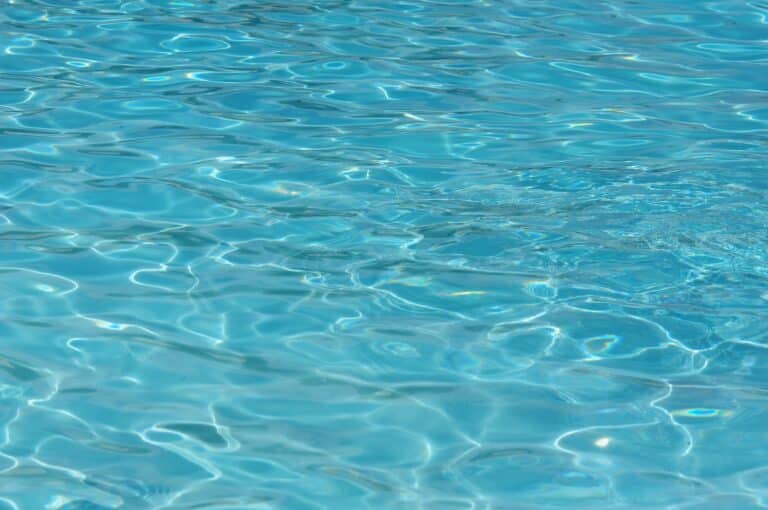In last week’s post, we covered how to begin preparing your swimming pool for the winter. If you have an outdoor pool you’ll need to starting thinking about this pretty soon – we’re forecast a few more weeks of sunshine, but by early October it’ll definitely be time to begin closing down. The final step in winterising your pool is to make sure it’s covered appropriately.
Protect Your Pool Through The Winter
If your outdoor swimming pool isn’t going to be used over the winter you’ll need to make sure your pool cover is appropriate for keeping it well protected. A winter pool cover is more heavy-duty than a summer cover, as you won’t need to keep taking it on and off, and it will need to withstand more extreme weather. A cover is necessary to ensure that leaves and other debris cannot enter the pool, as this would cause you problems when you come to reopen the swimming pool in the spring.
Make certain that your pool water is as clean and clear as possible before covering. This means doing a full deep clean, including vacuuming the floor and walls of the pool so that bacteria and algae formation is at an absolute minimum.
The cover should be tensioned as tightly as possible over the pool, so that it doesn’t dangle into the water. You may need to retention it after a few days. Over the course of the winter, check the pool and cover regularly to remove any debris that may have collected on top of the cover: wet leaves, standing water and snow can be extremely heavy, and if left for long periods can cause damage to the cover itself.
Remember that a winter cover is not a safety pool cover. Animals and children who gain access to the pool area could still end up in the water. It is possible to get winter covers which double as safety covers to avoid this potential danger.
Electric Safety Covers
Many of the high-end automatic electric safety covers are for use all year round, so are suitable to use as long-term winter covers. These completely cover the surface of the water, preventing debris, leaves or anything else entering the pool. Before you close down your pool for the winter, ensure that your electric safety cover is on and functioning correctly. As with other types of winter covers, you should check it periodically over the winter and remove any debris which has collected on top of the cover.
Leaving Your Pool Uncovered
If you live somewhere the temperature doesn’t drop below freezing over the winter, it’s possible that you may get away with not covering the pool. If this is the case, you should maintain your pool water and cleaning routine as usual, to prevent algae formation and contamination even if the pool isn’t in use. As a minimum, it’s recommended you use a leaf net, and regularly dispose of leaves that have collected on the top.
Photo Credit:
TangoPango via photopin cc







